Inhibitors are antibodies in the blood that react to infused factor. These antibodies stop (or inhibit) the factor from working and slow the clotting process. Inhibitors don’t exist at birth—they first appear only after replacement factor has been used. Inhibitors usually develop within the first 50-75 exposure days or during childhood but in rare cases can appear after years of treatment.
Interested in inhibitors?
Interested in inhibitors?
Hemophilia with inhibitors differs from regular hemophilia. Not everyone who lives with hemophilia will develop an inhibitor, but they are not uncommon. Let’s take a closer look at inhibitors and how to deal with them.
Hemophilia with inhibitors differs from regular hemophilia. Not everyone who lives with hemophilia will develop an inhibitor, but they are not uncommon. Let’s take a closer look at inhibitors and how to deal with them.
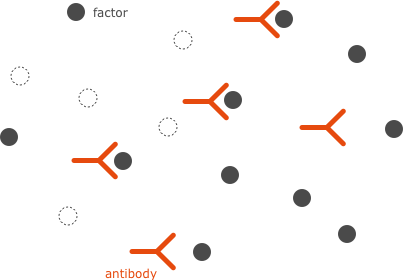
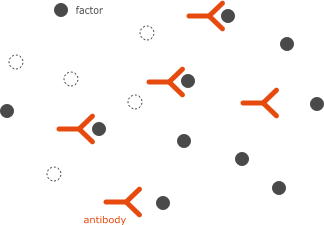
What are inhibitors?
What are inhibitors?
Why do inhibitors develop?
Why do inhibitors develop?
Inhibitors are an immune system reaction to factor replacement therapy. Your immune system’s job is to defend your body by fighting bacteria and viruses. Sometimes, when a person with hemophilia gets factor replacement therapy, their immune system attacks the factor, producing inhibitors that stop the factor from working.
Who develops inhibitors?
Who develops inhibitors?
Your chance of getting an inhibitor depends on a few things:
Type of hemophilia – inhibitors are more common in people with hemophilia A
Level of hemophilia – people with severe hemophilia are more likely to get inhibitors than those with mild hemophilia. Find out which levels fit each category.
Family history – a family history of inhibitors means you are more likely to get them
Race – people of African American descent are at greater risk
Getting high-intensity factor replacement therapy during early days of exposure
HEMOPHILIA FACT
Between 15% to 40% of people with hemophilia A and 1% to 6% with hemophilia B develop inhibitors.a
Between 15% to 40% of people with hemophilia A and 1% to 6% with hemophilia B develop inhibitors.a
aBased on previously treated patients.
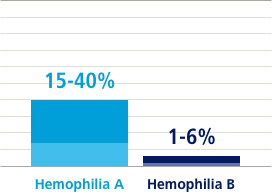



What do you know about inhibitors?


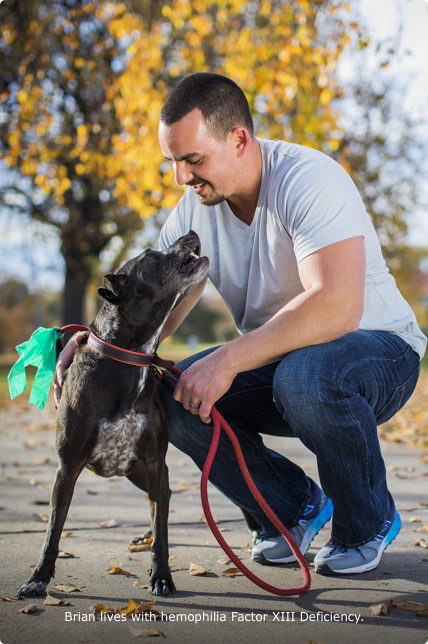

Bypassing agents.
Bypassing agents.
Instead of replacement factor, people with high-responding inhibitors use bypassing agents, which allow clotting to take place without Factor VIII or IX. They actually bypass the steps in the clotting process where Factor VIII or IX is needed to allow the blood to clot.
Bypassing agents can be plasma derived (made from human blood) or recombinant (not made from human blood). Talk with your doctor about which is the best choice for you.
Managing life with an inhibitor.
Managing life with an inhibitor.
Now that you know more about inhibitors, here’s what you should know about living with them.
Treat quickly.
The faster you treat, the faster you stop the bleeding and pain. Bleeds happen in or near joints such as the ankles, knees, hips, elbows, and shoulders. Bleeds that aren’t treated quickly can lead to bleeds that are difficult to control. The more blood in the joint, the more damage it can cause. That’s why it’s so important to treat as early and as quickly as possible.
Create a plan.
The best plan for treating bleeds is to be prepared. Work with your hemophilia treatment center (HTC) to make a plan before bleeding occurs. That way you know exactly what to do when a severe bleed happens.



Spot the signs.
Before you can treat a bleed, you must be able to recognize a bleed is happening.
Learn how to spot signs of a bleed.

Spot the signs.
Before you can treat a bleed, you must be able to recognize a bleed is happening.
Learn how to spot signs of a bleed.
Local workshops and programs.
Expand your knowledge of hemophilia, learn how to manage the disease, and connect with others.
Women and hemophilia.
It’s a myth that only males are affected by hemophilia. Learn more about how women can be, too.
Local workshops and programs.
Expand your knowledge of hemophilia, learn how to manage the disease, and connect with others.
Women and hemophilia.
It’s a myth that only males are affected by hemophilia. Learn more about how women can be, too.
